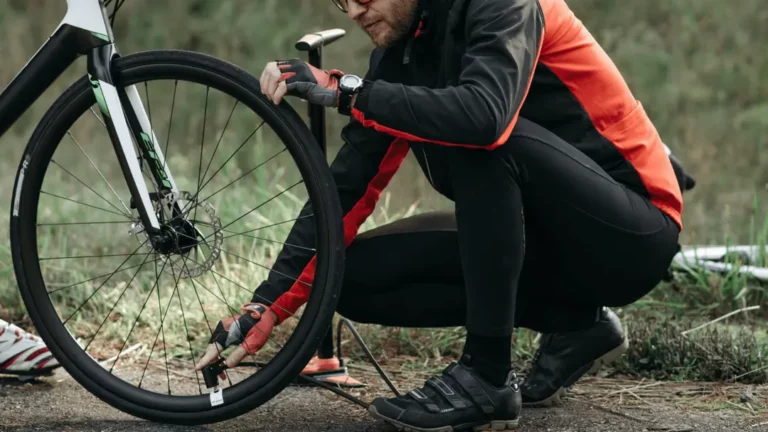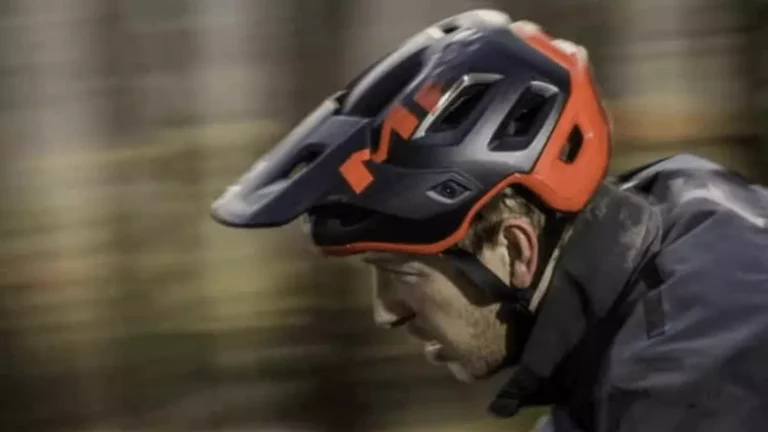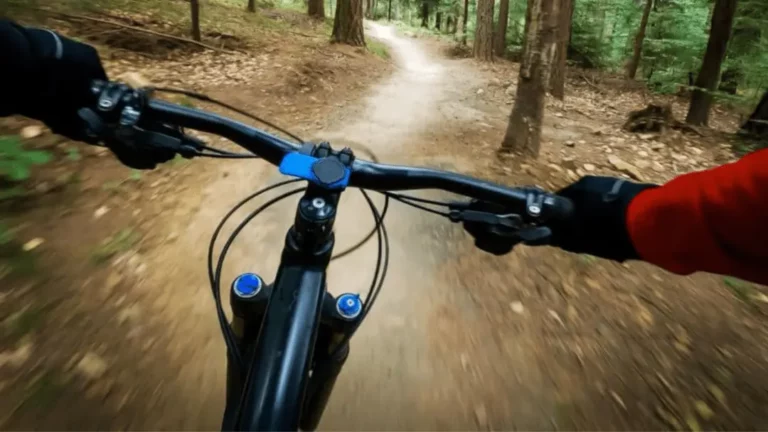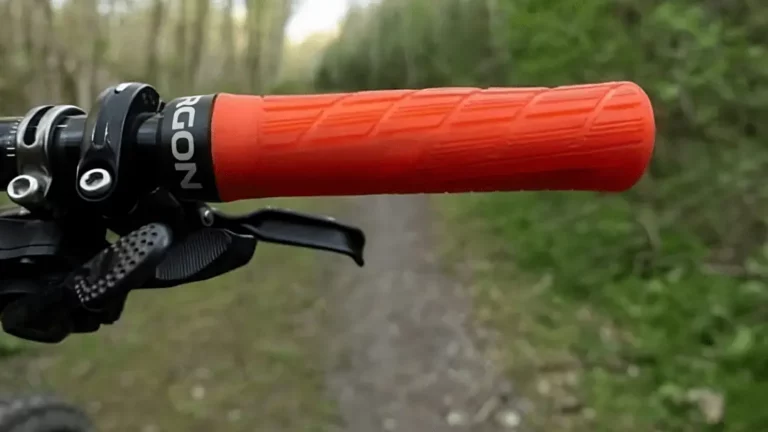Is the 26-inch MTB Dead?
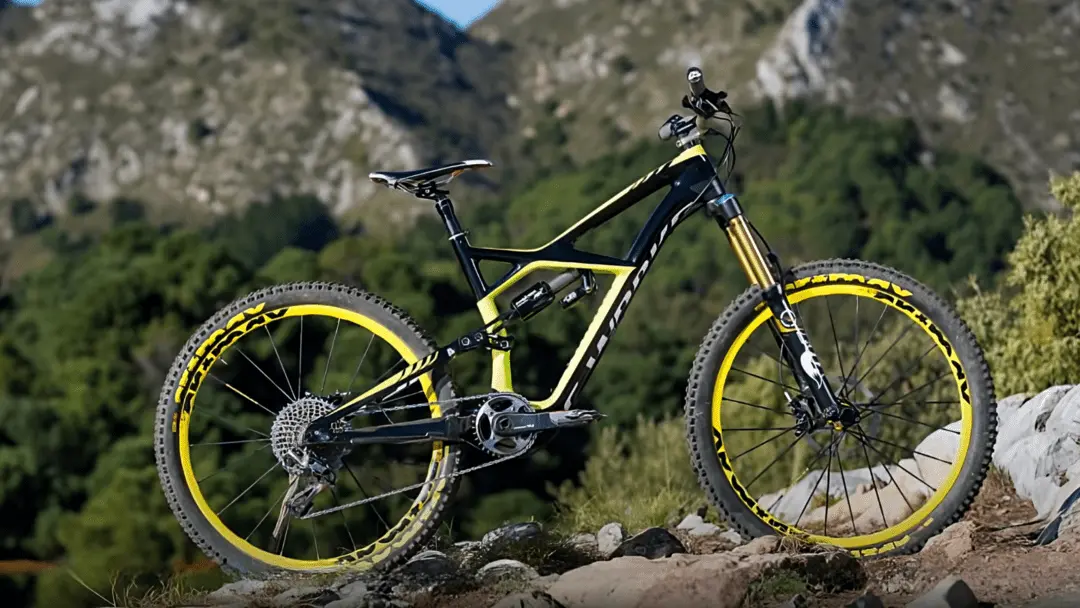
Mountain bike specifications have changed dramatically as technology has improved.
Before the introduction of different wheel sizes and suspension systems, 26-inch Hardtails were King. Now, an increase in options has forced these bikes to the sideline.
Is the 26-inch MTB dead?
The wheel size of your MTB (mountain bike) is actually really important. Different sizes will give you different riding positions and riding styles.
The three main wheel sizes are 26-inch, 27.5-inch, and 29-inch. Traditionally, the standard wheel size on a mountain bike was 26 inches but, in recent years, larger wheels have become more available and desirable.
Nowadays, 26-inch wheels are used predominantly on women’s frames, junior bikes, and dirt jump MTBs. So, the 26-inch MTB has not necessarily died, it’s just not as popular as it used to be and its purpose has shifted.
It cannot be denied that there are advantages to a larger wheel. Compared to 26-inch wheels, the larger options have far less rolling friction. This allows you to keep up your speed as it glides over surfaces better after gaining momentum.
Plus, bigger wheels can support bigger tires – another very trendy modification right now. Thicker tires have a much better grip, especially on super rough trails.
Not to mention, bigger tires also allow for a lower PSI (pressure per square inch) which increases rider comfort and reduces your contact with the ground.
Larger wheels are definitely dominating the market right now. In fact, not many brands even make 26-inch MTB’s anymore, not for standard riding. You would struggle to find a 26-inch wheeled MTB anywhere other than the ladies or the junior section.
RELATED: Best MTB Tires
What are Hardtail bikes?
When it comes to choosing which suspension is best for you, it’s worth looking at the pros and cons of all your options. The two most common suspension systems are front suspension or ‘hardtails’, and full suspension.
Mountain bikes with front suspension only are often referred to as ‘hardtails’ because the rear or ‘tail’ of the bike is rigid due to the lack of suspension.
Hardtails are great because they are often less expensive than their full suspension counterparts. These bikes will also require less maintenance such as cleaning and lubricating which requires you taking them apart. This is simply because there’s less of them than on full suspension bikes.
They are also lighter and enable you to peddle more efficiently, as some pedaling force is absorbed by the shocks. So, fewer shocks will transfer less energy meaning you’ll be able to accelerate faster.
RELATED: How To Clean Your Bike
Are Hardtails dead?
Along with 26-inch wheels, Hardtails have taken a back seat of late. Riding a front suspension bike has been considered a pretty traditional choice since full suspension bikes have risen to dominance.
But, there are still plenty of riders that stand by Hardtail MTB’s. Sometimes you just want to feel at one with the trail and a Hardtail allows this. The lack of cushioning in the rear maintains some impact and contact between the bike and the trail – a desirable feeling for many hardcore mountain bikers still.
Less suspension, however, can be painful for the rider and this is where full suspension comes out on top. The lack of support in the rear can be hard on your body, so you may not be able to ride for as long as if you had a full suspension bike.
Plus, as much as they’re designed to protect you, suspension systems help to protect the bike too. Constantly riding over harsh terrain will wear down your bike over time, resulting in bends and breaks. By absorbing some of this impact, suspension systems improve the longevity of your bike.
Full suspension systems will give you full impact absorption, providing you with ultimate comfort and durability. So, you can ride over super harsh terrain and land bigger jumps without punishing your body or your bike as much.
So, as full suspension systems have improved to become lighter and more affordable, a lot of riders find it makes sense to have that extra comfort and support if it doesn’t impact on price and weight – makes sense.
Final say: Is The 26-Inch MTB Dead?
26-inch mountain bikes are in steep decline. While they are certainly not dead, they may be dying. Larger tires are taking over so MTB’s need to be able to accommodate, resulting in many switching to a bigger wheel size.
Hardtails are definitely not dead but they no longer dominate. As things have improved over time, full suspension bikes are pretty much as light as hardtails, so it makes sense for people to opt for the extra cushioning and support.
There are pros and cons for both Hardtail and full suspension bikes. If you’re only going to be using your mountain bike on smoother cross-country rides with very little bumps, a Hardtail bike may be all you need.

Steve Beck is a passionate cyclist and experienced writer covering the cycling industry for over a decade. He has a wealth of knowledge and expertise in all bike-related things, from the latest products and technologies to the best routes and trails. His articles are well-researched, informative, and engaging, and he has a talent for explaining complex cycling concepts in a way that is easy to understand. Steve can be found on the road when he’s not writing about bikes, putting his knowledge and skills to the test.



